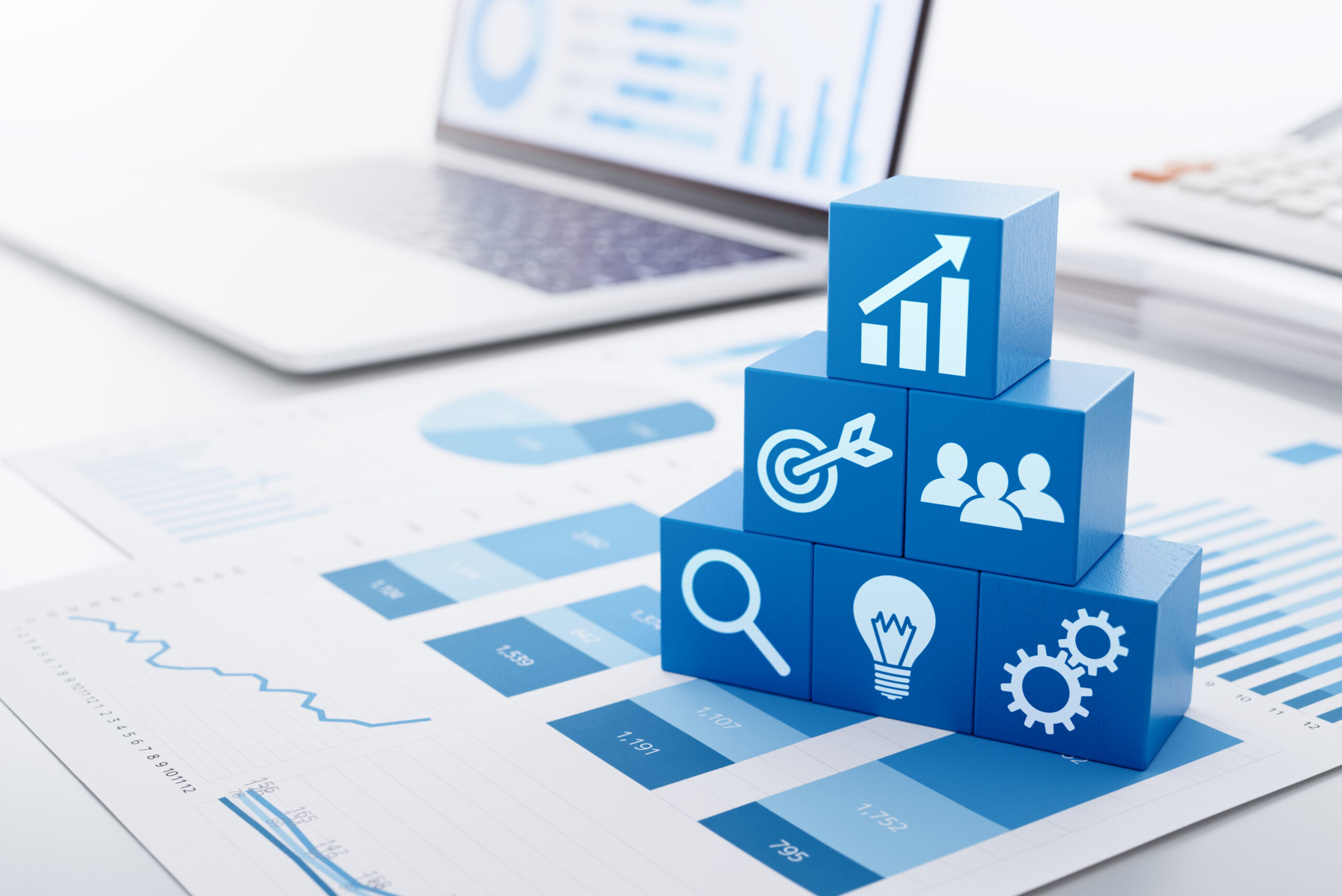One of the great things about a business intelligence platform is the way it fundamentally changes how a company interacts with its data. When a BI platform is set up properly, the data becomes available to more users and gives the users the ability to glean insight, review systems, and collaborate more quickly. This is especially possible due to the dynamic nature of dashboards over the stale nature of static reports.
One of the main reasons dashboards beat static reports is their ability to allow users to interact with the visuals on the fly. Using filters, slicers, or other drill-down options, dashboards can be adjusted to view nuanced scenarios or answer intriguing questions in the “now”, instead of having to wait for IT to manage the process to send an updated report over. The interactive dashboards offer ease of use and give users the ability to quickly consume tremendous amounts of data at a glance.
A second big advantage that dashboards have over static reports is that dashboards can be updated as soon as the source data is updated. There is no need to generate and/or print another report or set of reports – you only need to open the dashboard. I guess immediate satisfaction here could be considered another benefit here, but I digress. 😀
The third benefit of dashboards that I want to mention is the power that modern BI tools like PowerBI and others bring by being so mobile-friendly. And while static reports can be viewed on mobile devices, they tend to be difficult to see and, of course, don’t offer the same interactivity. This ability to see and manage data on the fly is the perfect companion for busy professionals – the dashboards and insight are as close as your phone or tablet and always ready for a deep dive.
Finally, it’s important to note static reports do have their place in a BI platform. Many times, having static reports available alongside dashboards can prove helpful. They are especially useful as a transitioning tool. Since most users are already comfortable with their static reports, it helps dashboard adoption by continuing to provide an option that users already trust and know, and can compare to the newer dashboards. In the same way, it can help remove skepticism and frustration as users learn the new way of interacting with data. These older type reports can offer familiarity and act as a bridge to the new technology. And most times, after seeing the dashboard data matches the static reports, users will tend to prefer the more dynamic nature and visualizations of the newer tools.
At ConradBI we know what it takes to establish and grow a BI program. We know that a big challenge is weaning users off the old and onto the new. But with the right know-how and strategies ready to implement, it can be a lot easier. We’ve done it for others, and we want to do it for you. We’re ready if you are.





